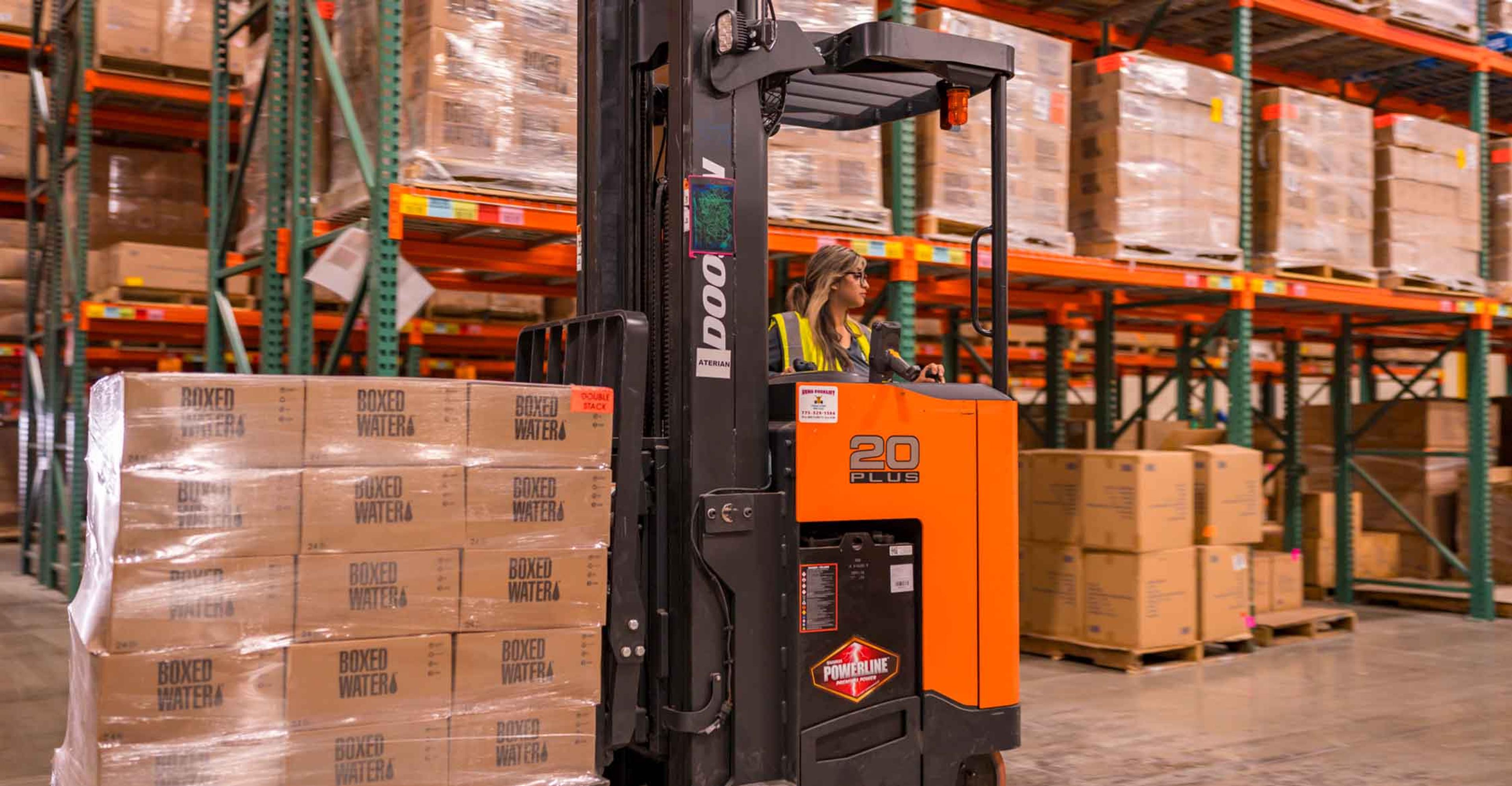
Nevada Business Magazine
July 26, 2024
Jennifer Rachel Baumer
FROM THE ARTICLE: Rapid growth during COVID led to growing pains for the logistics industry: the need for the industry to, if not shrink, at least contract, and the need for increased rates and decreased overhead. Logistics continues to grow while recovering from a recessionary environment it’s functioned in for the last 18 months, a far cry from the boom of 2020 when COVID-19 made supply chain management and logistics everyday terms. Consumer spending remains strong, but stimulus cash is over, credit spending is up, rates clients are willing to spend on logistics are down. The pandemic was an industry driver.
“The truckload market has been on a downward spiral in terms of volume and rates for the last 18 months,” said Josh Allen, COO, ITS Logistics. “They’re hovering at the bottom and there are a lot of folks asking if we’ve hit that bottom. I think the jury’s still out on that one.”
There’s still capacity that needs to exit the marketplace. “You see pockets of activity and starting to see some flickers of capacity contraction in different markets, so we’ll see. If we’re not at the bottom [of the recessionary cycle], we’re near the bottom,” said Allen.
Capacity means the physical space to store, transport, or deliver goods, and/or the assets to do so. Basically, capacity sums up the ability to do what logistics is.



